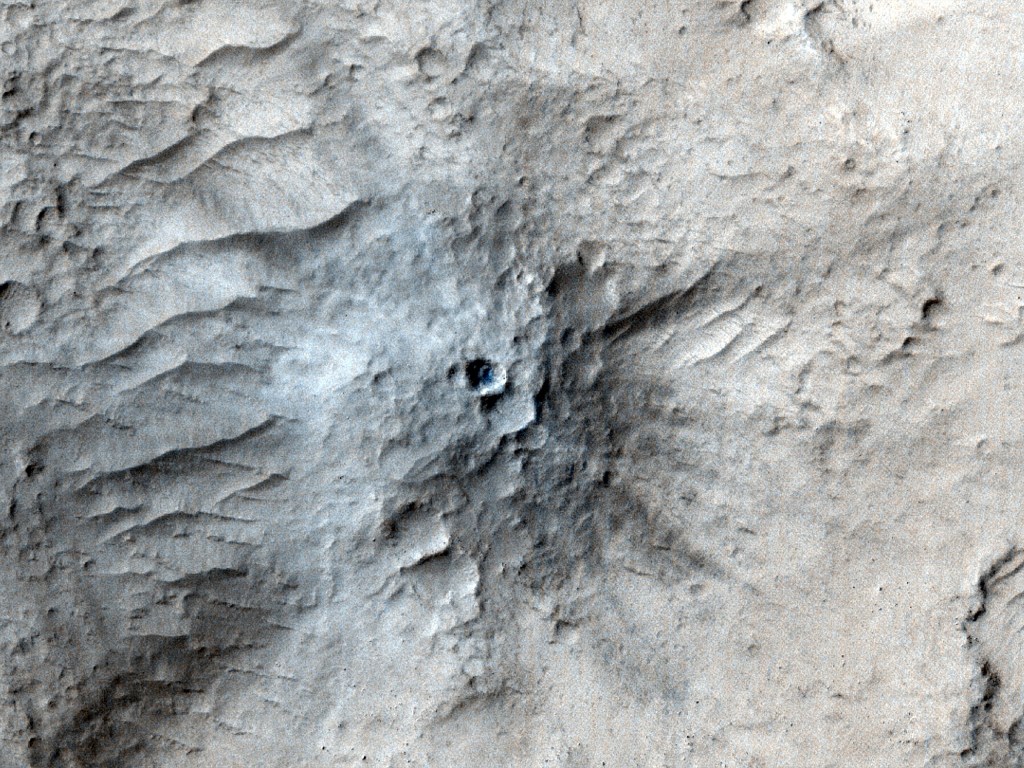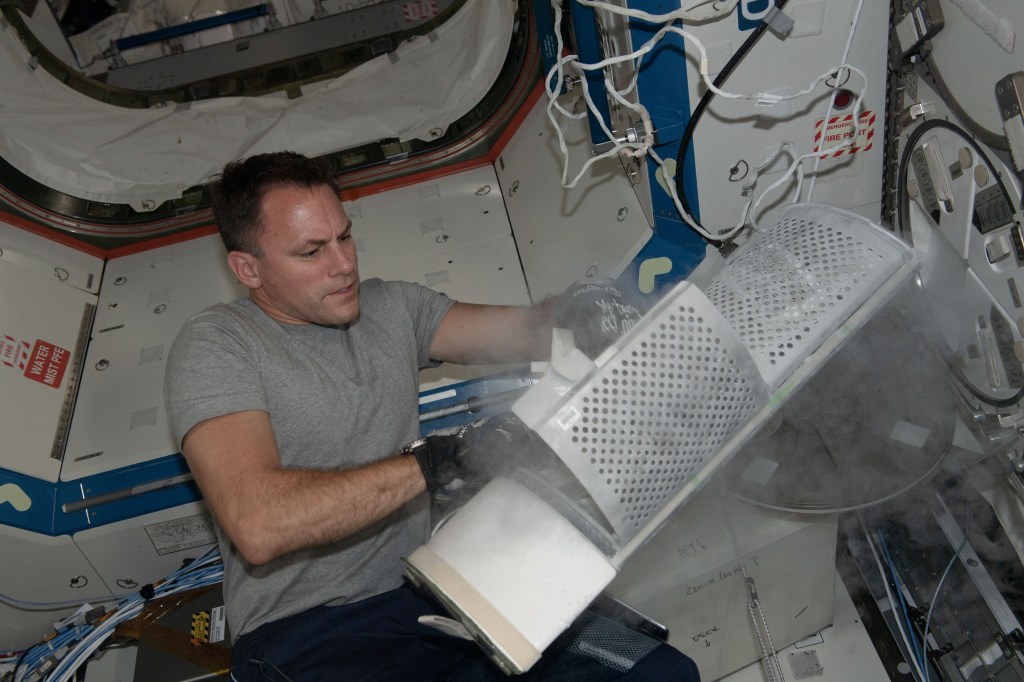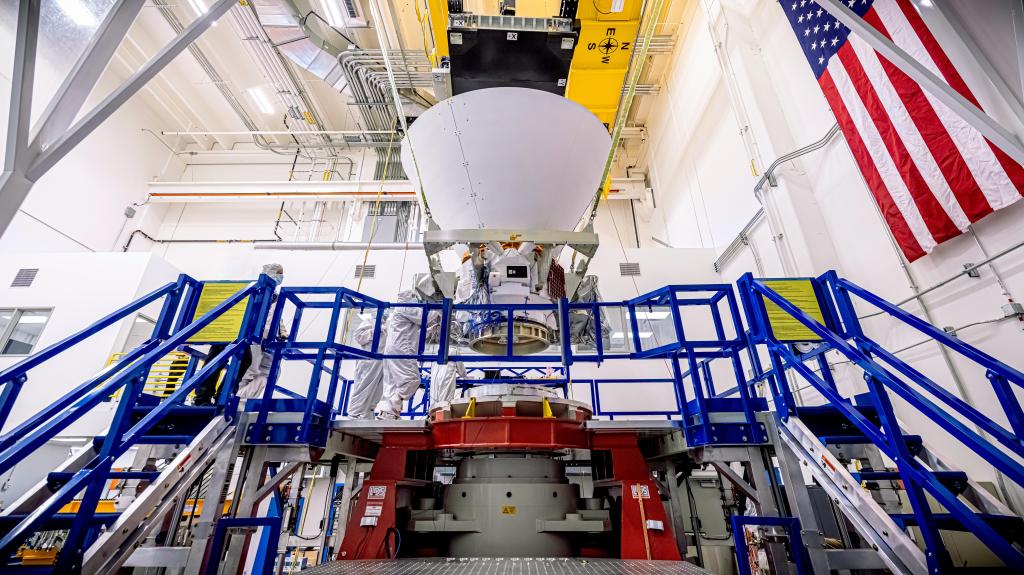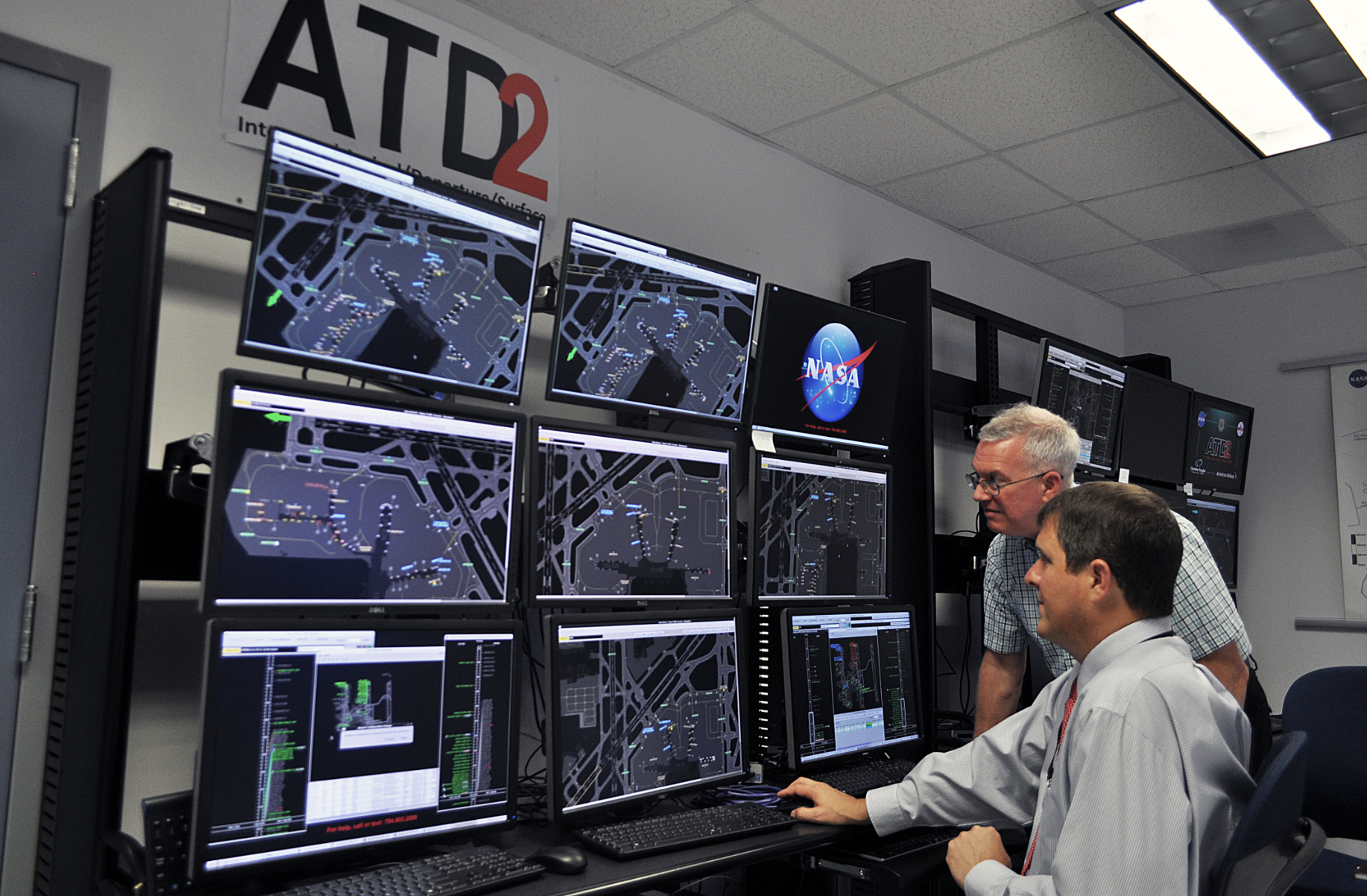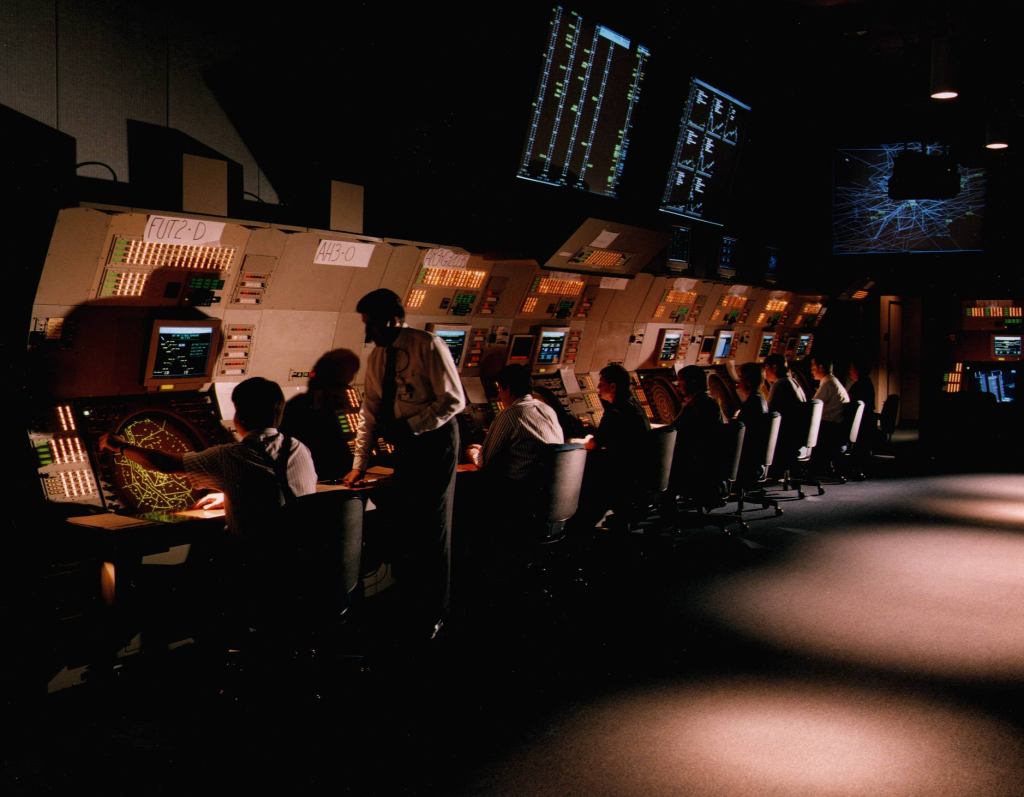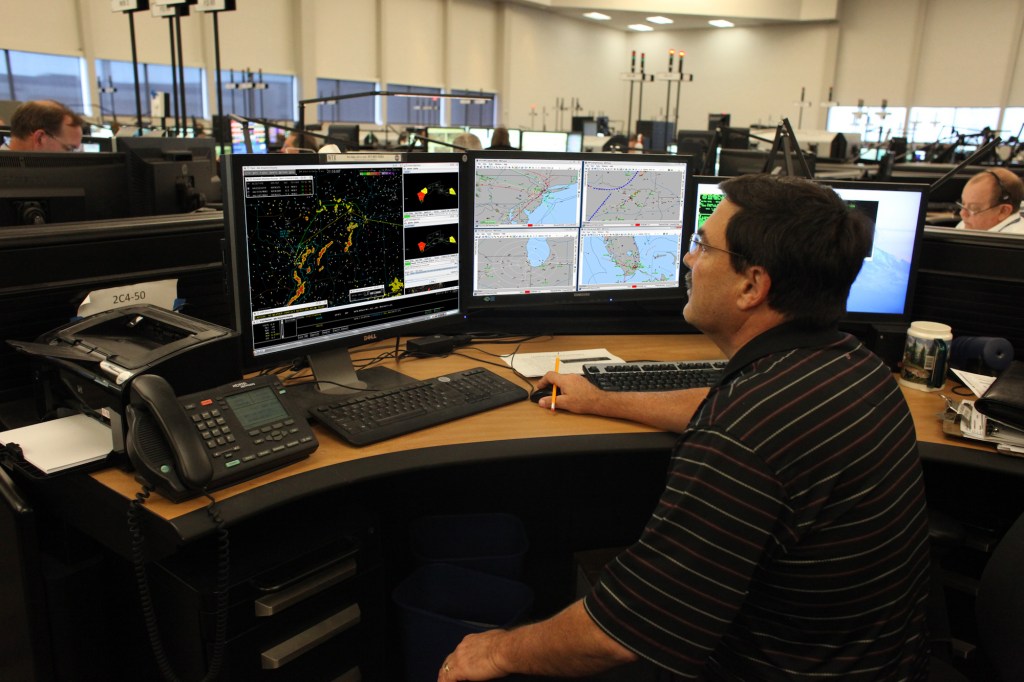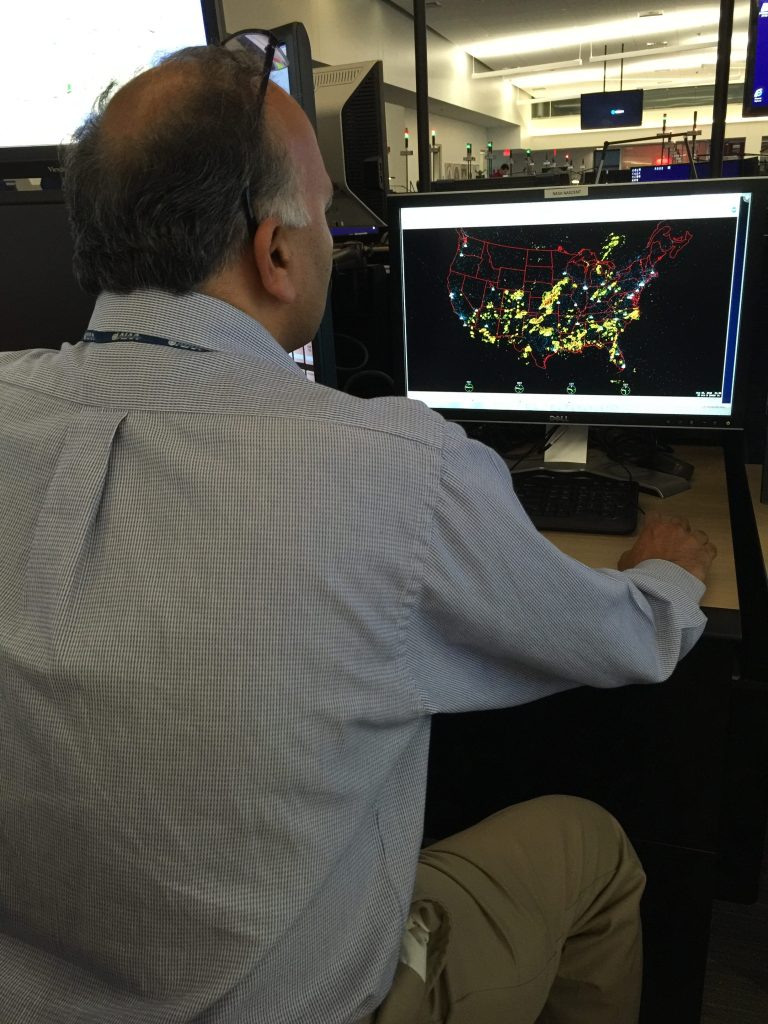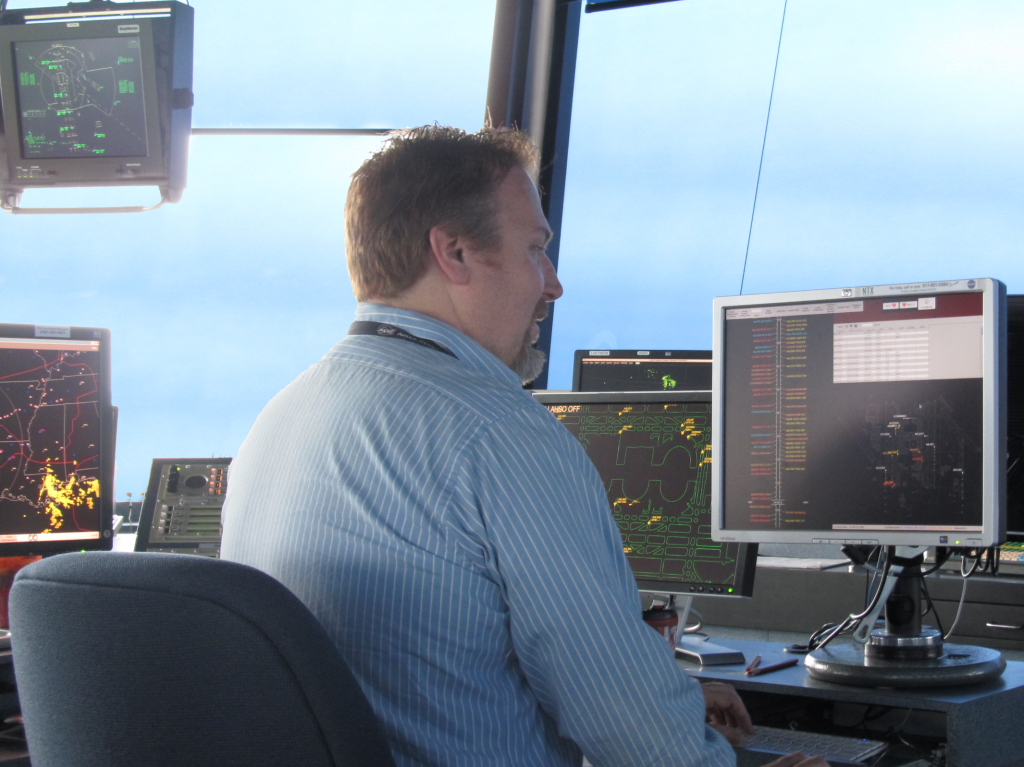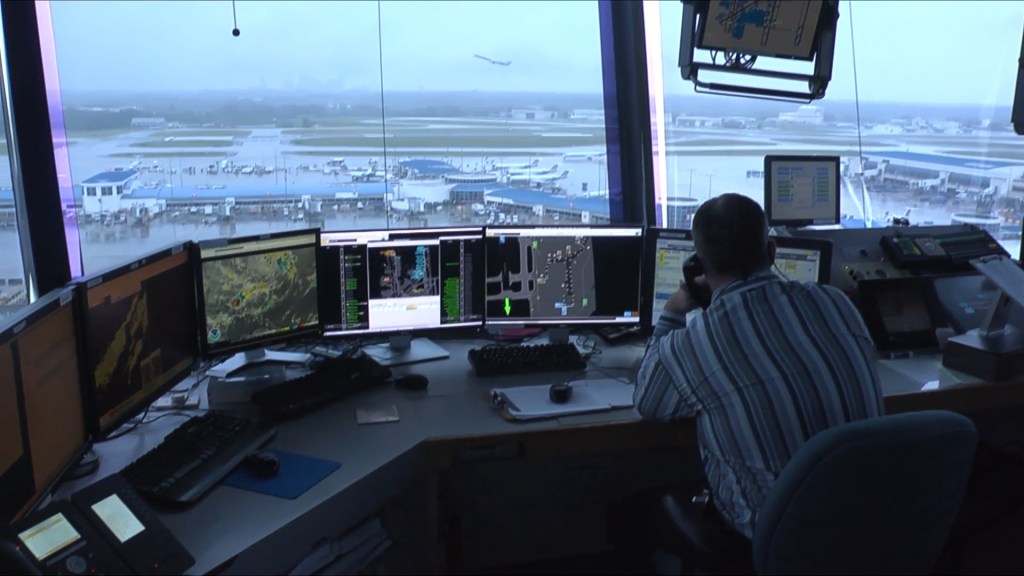The NASA/Federal Aviation Administration (FAA) North Texas Research Station (NTX) is a field laboratory with unique capabilities to enhance the development, evaluation, and transition of advanced concepts and technologies for air traffic management (ATM) research. Developed and managed by NASA Ames Research Center’s Aviation Systems Division, NTX represents more than 28 years of collaboration with the FAA on ATM research and technology transfer. NTX is located in the Dallas/Fort Worth (Texas) metroplex and features not only a network of high-fidelity operational air transportation data and sophisticated analysis tools, but also represents established partnerships with a wide range of FAA, air carrier, and airport operational facilities.
NTX primarily supports NASA Aeronautics’ ATM research efforts as well as collaborative research activities led by NASA partners (e.g., the FAA and the aviation industry). NTX is utilized in all phases of ATM research, beginning with early concept development through execution of operational field evaluations of advanced prototype systems.
Current Activities
NTX is currently supporting field evaluations of a predeparture rerouting tool called the Collaborative Digital Departure Rerouting (CDDR) service. NASA developed CDDR to enable flight operators to identify when alternative routes become more beneficial for a flight than its current filed route. Initial CDDR capabilities were successfully tested in the Dallas/Fort Worth (D10) metroplex environment. The expected benefits from the field evaluations include reduced airport surface delays and fuel and emissions savings for rerouted flights as well as all other related departures in the operational area.
Learn more about CDDR:
From a system perspective, NASA is focusing on supporting CDDR functionality by moving from a non-cloud-based architecture toward a cloud-based architecture, as well as moving away from an adaptation-based model to a Machine Learning model; both moves will enable rapid scalability of the system for other airports in the National Airspace System (NAS). FY22 efforts were focused on assessing the viability of prediction services for key parameters via comparison with the baseline system performance prior to cloud migration and follow-on assessments made in FY23.
NTX is also currently supporting efforts focused on operationalizing Unmanned Aerial Systems (UAS) Traffic Management (UTM) to enable routine, safe, and extensible Beyond Visual Line of Sight (BVLOS) operations in low altitude Class G airspace for missions that include package delivery and public safety operations. The facility is working with the FAA and small UAS operators at an FAA key site in North Texas to support initial BVLOS operations. This will include working with public safety operators to make sure that the processes for strategic deconfliction proposed by major commercial operators are equitable and open to smaller operators and public safety operations.
NTX’s Unique Capabilities & Distinct Location
The NTX field laboratory houses a network of computer systems to collect and analyze data from a large variety of sources in the National Airspace System and to simulate air transportation operations. The laboratory enables off-line, real-time “shadow” testing of prototype technologies in a secure environment. In large part due to its unique location and its direct access to the air transportation system, NTX provides tremendous benefits to research and technology transfer.
The NTX laboratory is located on the premises of the FAA’s Fort Worth Air Route Traffic Control Center (ARTCC, or Center), immediately adjacent to the Dallas/Fort Worth International Airport (DFW) and is a few miles from Dallas Love Field Airport. DFW is one of the four busiest airports in the nation, and Fort Worth Center is the 8th busiest of 21 en route Centers. Airline operations centers for Southwest Airlines, American Airlines, and Envoy are also in close proximity. Access to the data and personnel from these facilities, including permission to utilize the DFW backup central air traffic control tower, affords NASA researchers with the best possible capabilities to develop and test ATM technologies in realistic and demanding air traffic conditions. As a result of NTX’s proximity to these many important air transportation assets, NASA has developed research partnerships with local air traffic control facilities, various airlines, the DFW Airport Board, and the University of Texas at Arlington. In addition, NTX has nurtured a close partnership with the FAA Southwest Region, headquartered in Fort Worth. In 2012, the FAA designated NASA’s NTX investment as a national Test Bed along with two other FAA facilities in Atlantic City, New Jersey and Daytona Beach, Florida. These Test Beds are now linked by a secure, high-speed network to facilitate collaborative research.
Evaluating Developmental Systems with Operational Data
In addition to the laboratory building, NTX assets include research systems located in Center, terminal area, tower, and air carrier operational facilities, connected via a network of NASA research software systems. These systems may be used independently or in various combinations to meet changing research requirements, with user interfaces located in operational facilities to enable simultaneous evaluation of multiple developmental technologies. This capability allows rapid reconfiguration of research systems and components in a manner that is largely transparent to operational users, but which facilitates collaboration between researchers and operators.

